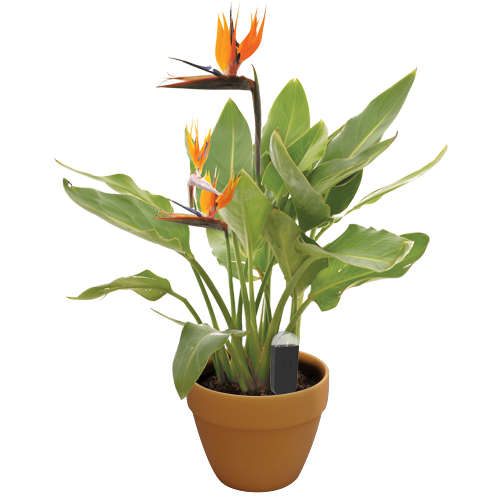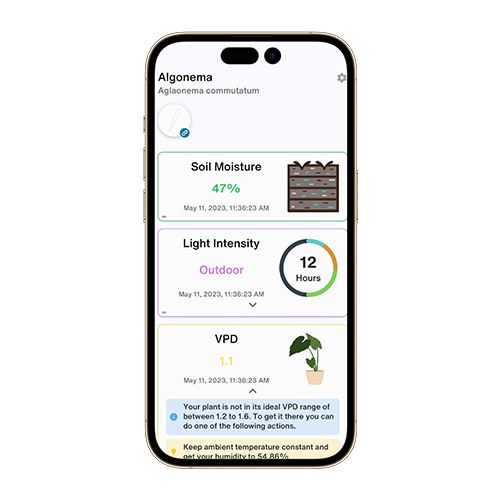Nymphaea ampla
TAXONOMY
FamilyNymphaeaceae
GenusNymphaea
Zone10
LEARN MORE
Plants of the World OnlineABOUT
Nymphaea ampla, commonly known as the white water lily, is a species of aquatic plant in the family Nymphaeaceae. It is native to tropical regions and thrives in wet, marshy environments. This plant is known for its large, fragrant white flowers that float on the water's surface. It has a rhizomatous growth habit and is well-suited to ponds and water gardens.
ALSO KNOWN AS
White Water Lily
Castalia ampla
Leuconymphaea ampla
Nymphaea ampla var. parviflora
Nymphaea ampla var. plumieri
Nymphaea candolleana
OVERVIEW
VPDCalculate
WaterVery Wet
SoilLoamy
LightDirect Bright (6 Hours)
Temperature25° C
Humidity80%
Dormancy3 Months
pH6.5
Pressure1,013 mbar
WANT MORE TIPS?
DETAILS
Care Instructions
Nymphaea ampla requires bright, direct sunlight for optimal growth. It thrives in warm, tropical climates with high humidity. The plant should be kept in waterlogged conditions, and the water temperature should be moderate to warm. Regular pruning of dead leaves and flowers will help maintain the plant's health.Soil
Nymphaea ampla prefers loamy soil that is rich in nutrients. The soil should be submerged in water, as the plant thrives in consistently wet conditions. Good drainage is not necessary since the plant is aquatic.Fertilizer
Use a balanced fertilizer with an N-P-K ratio of 10-10-10. Fertilize the plant during the growing season to promote healthy growth and flowering. Apply the fertilizer sparingly to avoid over-fertilization.Repotting
Repot Nymphaea ampla every 2-3 years or when the plant outgrows its container. To repot, carefully remove the plant from its current container, trim any dead or damaged roots, and place it in a larger container with fresh loamy soil. Ensure the soil is submerged in water.Propagation
Propagate Nymphaea ampla by dividing the rhizomes. This is best done during the growing season. Carefully separate the rhizomes, ensuring each division has at least one growing point, and plant them in separate containers with loamy soil submerged in water.Pruning
Prune Nymphaea ampla regularly to remove dead or yellowing leaves and spent flowers. This will help maintain the plant's health and encourage new growth. Use clean, sharp scissors or pruning shears to make clean cuts.Toxicity
Nymphaea ampla is not known to be toxic to pets or humans. However, it is always advisable to prevent pets and children from ingesting any plant material.Additional
Ensure that the water in which Nymphaea ampla is grown is clean and free from pollutants. Regularly check for pests such as aphids and treat them promptly to prevent infestations.REVOLUTIONIZE YOUR PLANT CARE
Make Every Plant Smart

Plant Monitor
STAYS IN YOUR PLANT
Accurately measures the core metrics of your plant – soil moisture, light, temperature and humidity - as well as compound metrics such as Vapor Pressure Deficit (VPD) and Growing Degree Days (GDD).
Shop Now
